Introduction
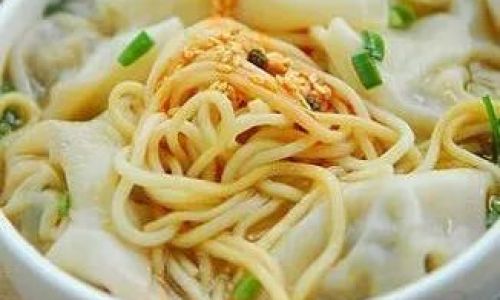
In the vast culinary landscape of Asia, few dishes encapsulate the essence of comfort and tradition quite like wonton noodles. These delicate, flavorful morsels are a staple in many households, offering a harmonious blend of textures and tastes that can transport one’s palate to the bustling streets of Hong Kong, the serene alleys of Guangzhou, or the vibrant markets of Singapore. While the art of preparing wonton noodles may seem intricate to the uninitiated, with the right guidance and a bit of practice, anyone can master this timeless culinary delight. This article aims to provide a comprehensive guide on how to cook wonton noodles, from selecting the perfect ingredients to perfecting your serving presentation.
Section 1: Understanding the Ingredients
Before diving into the cooking process, it’s crucial to understand the key components of wonton noodles. The dish primarily consists of three elements: the noodles, the wontons, and the broth.
1 Noodles:
Wonton noodles are traditionally made from wheat flour, water, and sometimes egg. They are thin, delicate, and slightly alkaline, which gives them a unique texture and flavor. When purchasing noodles, look for those specifically labeled as “wonton noodles” or “thin egg noodles” to ensure authenticity. Fresh noodles are preferable, but dried ones can also be used with satisfactory results if cooked properly.
2 Wontons:
The heart of the dish, wontons are small dumplings filled with a variety of ingredients. Classic fillings include pork, shrimp, or a combination of both, mixed with seasonings like soy sauce, ginger, garlic, and green onions. The filling is then wrapped in a thin square wrapper, sealed into a specific shape, and either boiled or steamed until cooked.

3 Broth:
The broth is the soul of wonton noodles, providing the dish with its rich, savory base. Chicken, pork bones, or a combination of both are simmered for hours to extract their flavors. Seasonings such as soy sauce, sesame oil, white pepper, and sometimes dried shrimp or fish sauce are added to enhance the broth’s complexity.
Section 2: Preparing the Wontons
1 Making the Filling:
Begin by preparing the filling. For a classic pork and shrimp wonton, combine ground pork, chopped shrimp, finely minced ginger and garlic, chopped green onions, soy sauce, sesame oil, white pepper, and a pinch of sugar. Mix well until all ingredients are evenly distributed and the mixture is sticky. This stickiness helps the filling adhere to the wrapper during cooking.
2 Wrapping the Wontons:
Place a wonton wrapper on a clean, dry surface with one corner pointing towards you. Using a teaspoon or a small ladle, place a small amount of filling in the center. Moisten the edges of the wrapper with water, then fold the wrapper diagonally to form a triangle, sealing the edges tightly. Alternatively, you can create a more intricate shape by folding the corners inwards to form a purse-like structure. Ensure all seals are tight to prevent the filling from leaking during cooking.
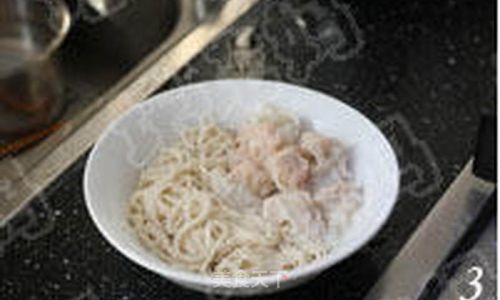
3 Cooking the Wontons:
Wontons can be cooked either by boiling or steaming. For boiling, bring a large pot of water to a rolling boil. Carefully drop the wontons into the water and cook until they float to the surface, which indicates they are cooked. Remove with a slotted spoon and set aside. For steaming, arrange the wontons in a single layer on a lightly oiled steaming tray and steam over boiling water for about 10-12 minutes or until cooked through.
Section 3: Preparing the Broth
1 Simmering the Bones:
To make the broth, start by rinsing chicken and pork bones thoroughly under cold running water to remove any impurities. Place the bones in a large stockpot and cover with cold water. Bring to a boil over high heat, then reduce to a simmer. Skim off any foam or scum that rises to the surface. Add sliced ginger, garlic cloves, and a few whole black peppercorns. Allow the broth to simmer gently for at least 2-3 hours, skimming occasionally to remove any additional impurities.
2 Seasoning the Broth:
Once the broth has simmered for the required time, strain it through a fine-mesh sieve to remove the bones and solids. Return the broth to the pot and add soy sauce, sesame oil, and white pepper to taste. Adjust the seasoning with additional soy sauce or salt if necessary. For a richer flavor, you can also add a small amount of dried shrimp or fish sauce.
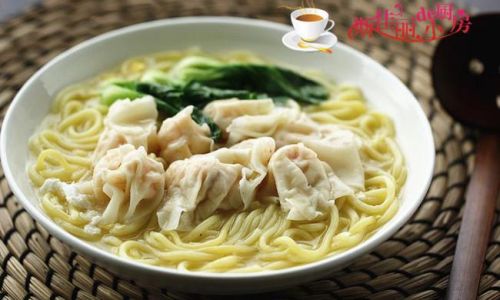
Section 4: Cooking the Noodles
1 Boiling the Noodles:
Bring a large pot of water to a boil. Add a tablespoon of salt to the water to enhance the noodles’ flavor. Carefully drop the noodles into the boiling water and cook according to the package instructions, usually around 2-3 minutes for fresh noodles and 4-5 minutes for dried ones. Test for doneness by tasting a strand; it should be tender but still have a slight bite.
2 Draining and Rinsing:
Once cooked, quickly drain the noodles in a colander and rinse them under cold running water to stop the cooking process and prevent them from sticking together. Shake off excess water and set aside.
Section 5: Assembling and Serving the Wonton Noodles
1 Assembling the Dish:
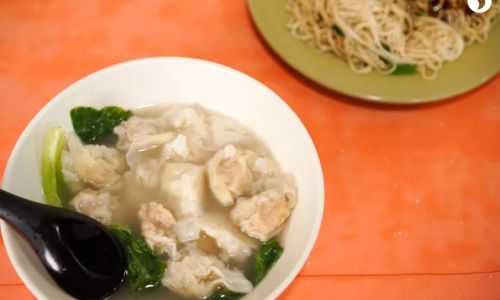
Divide the cooked noodles among serving bowls. Ladle hot broth over the noodles, ensuring they are fully submerged. Arrange the cooked wontons on top of the noodles. Garnish with chopped green onions, a sprinkle of white pepper, and a drizzle of sesame oil. Optionally, you can also add a few slices of cooked pork belly, blanched vegetables, or a soft-boiled egg for added luxury.
2 Serving Presentation:
Presentation is key when serving wonton noodles. Arrange the components attractively in the bowl, ensuring the noodles are evenly distributed and the wontons are prominently displayed. A drizzle of chili oil or a sprinkle of toasted sesame seeds can add a touch of color and extra flavor. Serve immediately while the noodles are hot and the broth is steaming.
Conclusion
Cooking wonton noodles is an art that combines precision, patience, and a love for culinary tradition. By following this guide, you’ll be able to create a dish that not only satisfies your taste buds but also brings a sense of warmth and nostalgia to your table. Remember, the beauty of cooking lies in experimentation and personalization. Feel free to tweak the recipes to suit your preferences, whether it’s by adding unique fillings, experimenting with different broths, or incorporating your favorite garnishes. Happy cooking, and enjoy every bite of your homemade wonton noodles!
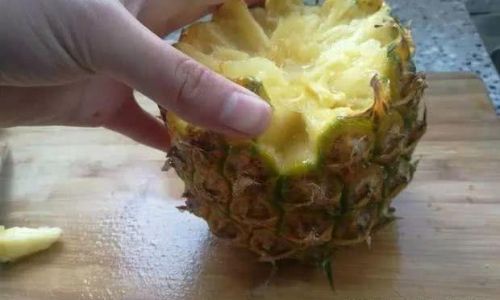
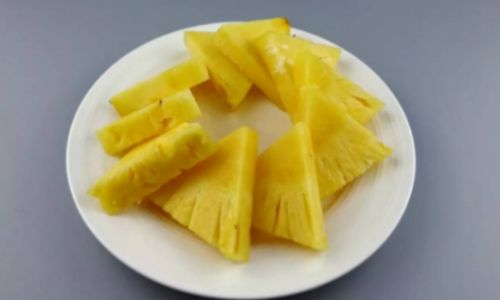
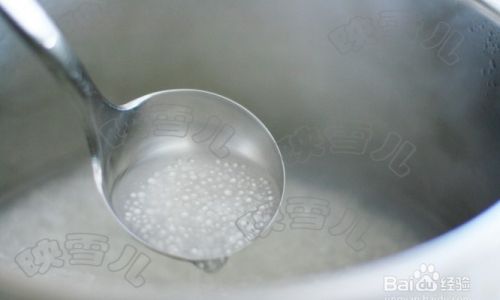
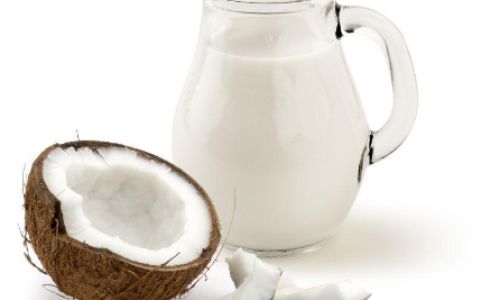
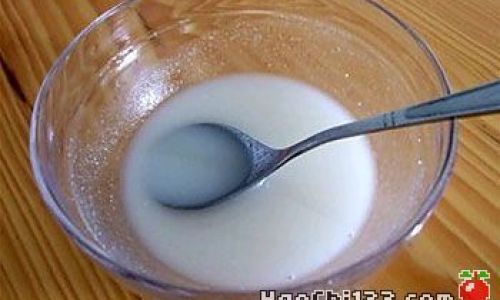
0 comments